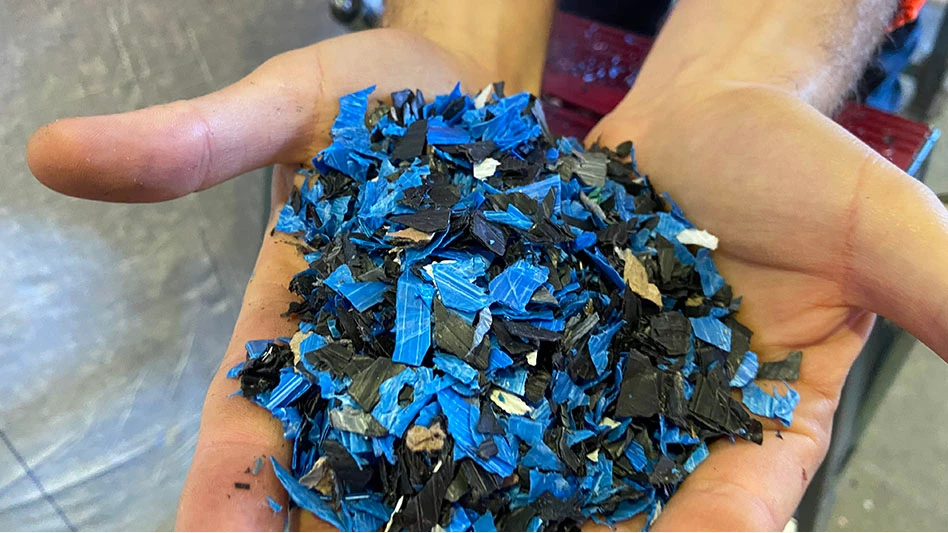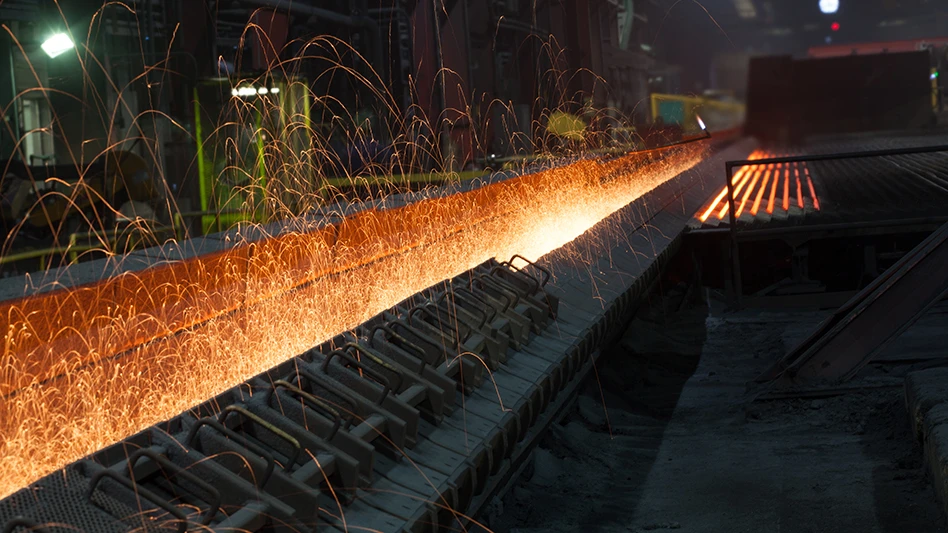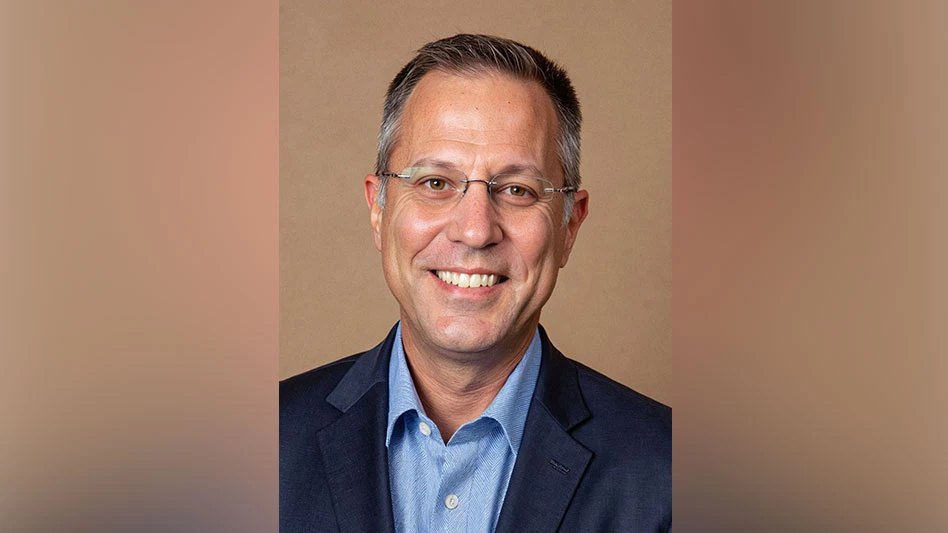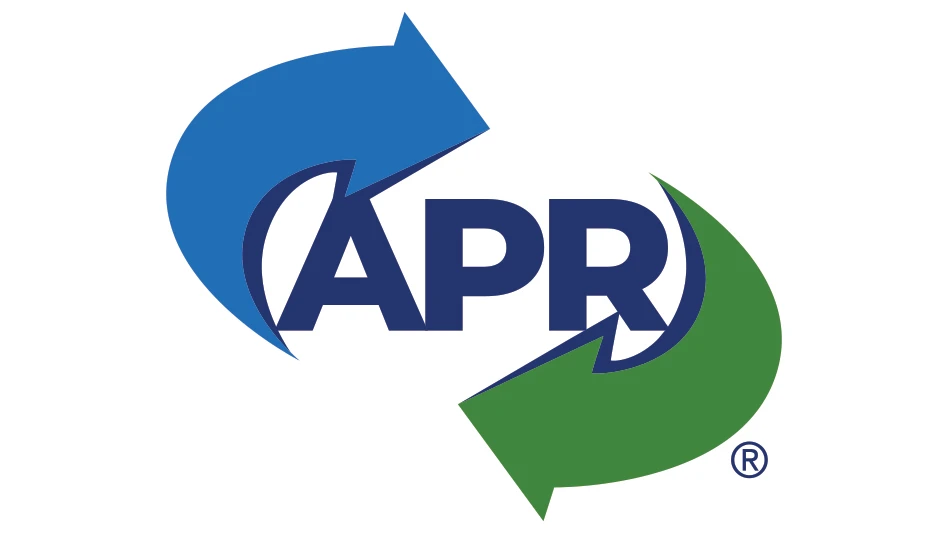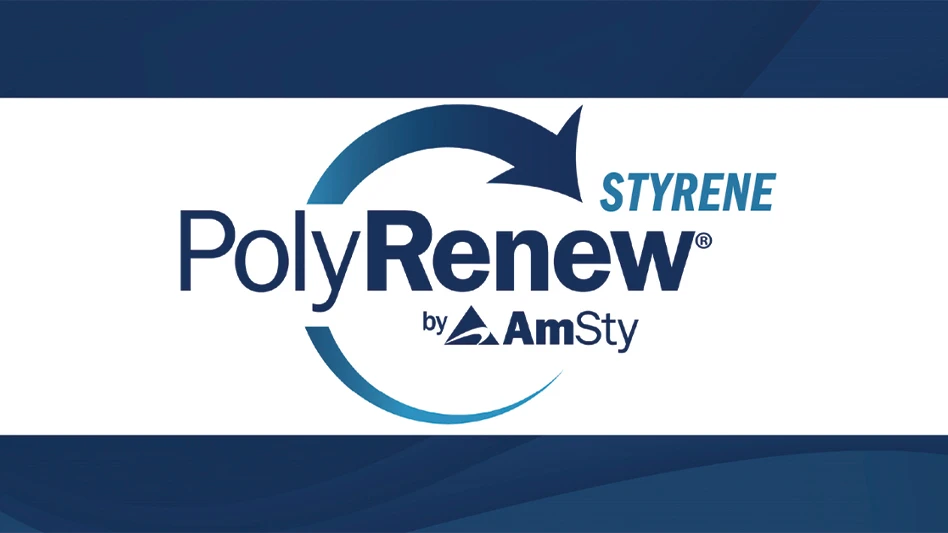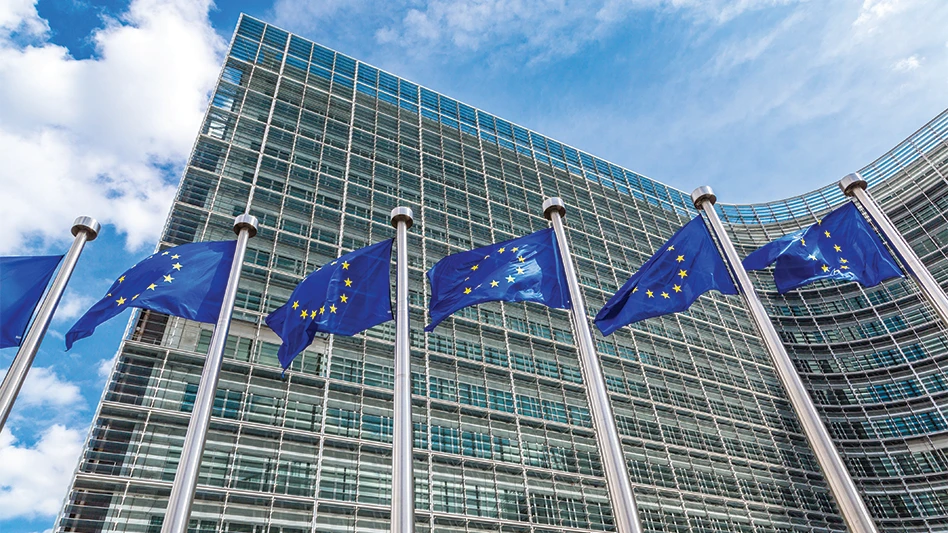
Trade complications with China have led U.S. scrap dealers to investigate new overseas markets, while some domestic consumers of scrap metals are investing in their businesses to take advantage of the glut of material available on the market at reduced rates. In this year’s Scrap Metals Supplement, we look at one brokerage firm that has embraced alternative overseas markets as well as a domestic aluminum scrap consumer that has added melting capacity to be able to increase its use of zorba and twitch.
According to figures released by the General Administration of Customs of China (GACC), the nation’s imports of scrap metal in October 2018 sank to a volume not seen since 2014. Chinese buyers’ imports of red metal scrap from the U.S., upon which a tariff has been placed, sank to less than 20 percent of the amount purchased in October 2017.
According to an online recap prepared by Reuters, the 330,000 metric tons of red metal scrap imported in October (the lowest monthly volume since 2014) was caused “by China’s tightening regulations on [scrap] imports.” Chinese buyers in October brought in just 170,000 metric tons of copper-bearing scrap, with just 6,000 metric tons of that total coming from the United States.
These market realities have led Greenland (America) Inc., Roswell, Georgia, to explore overseas buyers outside of China for the nonferrous and specialty ferrous scrap grades it handles for its clients. India is a major consuming destination for the company, which has offices in Mumbai and in Guangzhou, China, as well as in Georgia.
Randy Goodman, an executive vice president with the company, says part of the reason he was attracted to working for Greenland (America) was because “Greenland had the best presence globally and the best logistics and documentation.”
"No one market is going to be able to replace China in terms of its ability to consume the same volume of nonferrous scrap, which makes global diversity a necessity.”
Goodman has said that no one market is going to be able to replace China in terms of its ability to consume the same volume of nonferrous scrap, which makes global diversity a necessity. Click here for the profile on Greenland (America).
Given the volume limitations that affect buyers in these countries, one U.S. aluminum scrap consumer is taking advantage of the glut of aluminum scrap available on the market by increasing its melting capacities. Spectro Alloys Corp. of Minnesota has added a rotary furnace that will allow it to consume more obsolete grades such as zorba and twitch.
“The rotary furnace allows us to efficiently process material like breakage and foundry dross that we could not process before,” Luke Palen, Spectro president, says.
Click here to learn more about Spectro.
If you want to share how you are adapting to the dynamics shaping today’s scrap metal markets, email me at dtoto@gie.net. I’d love to hear from you.Get curated news on YOUR industry.
Enter your email to receive our newsletters.
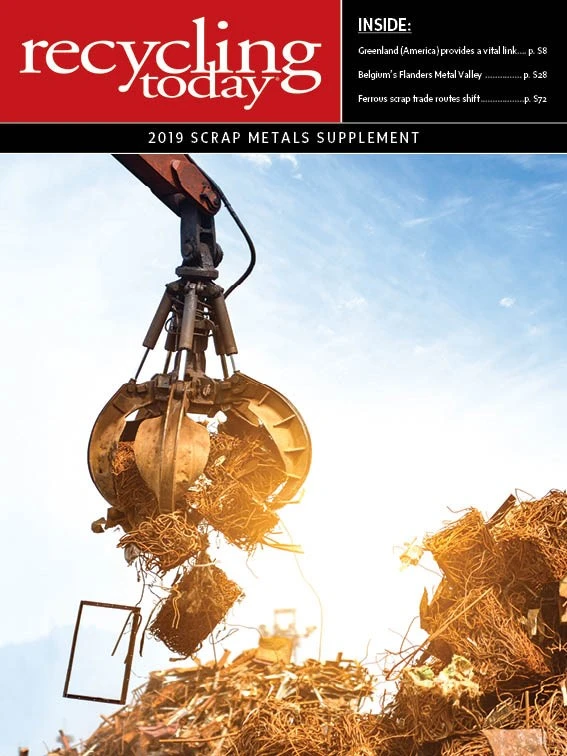
Explore the January 2019 Scrap Metals Supplement Issue
Check out more from this issue and find your next story to read.
Latest from Recycling Today
- AF&PA report shows decrease in packaging paper shipments
- GreenMantra names new CEO
- Agilyx says Styrenyx technology reduces carbon footprint in styrene production
- SABIC’s Trucircle PE used for greenhouse roofing
- Hydro to add wire rod casthouse in Norway
- Hindalco to invest in copper, aluminum business in India
- Recycled steel price crosses $500 per ton threshold
- Smithers report looks at PCR plastic’s near-term prospects
